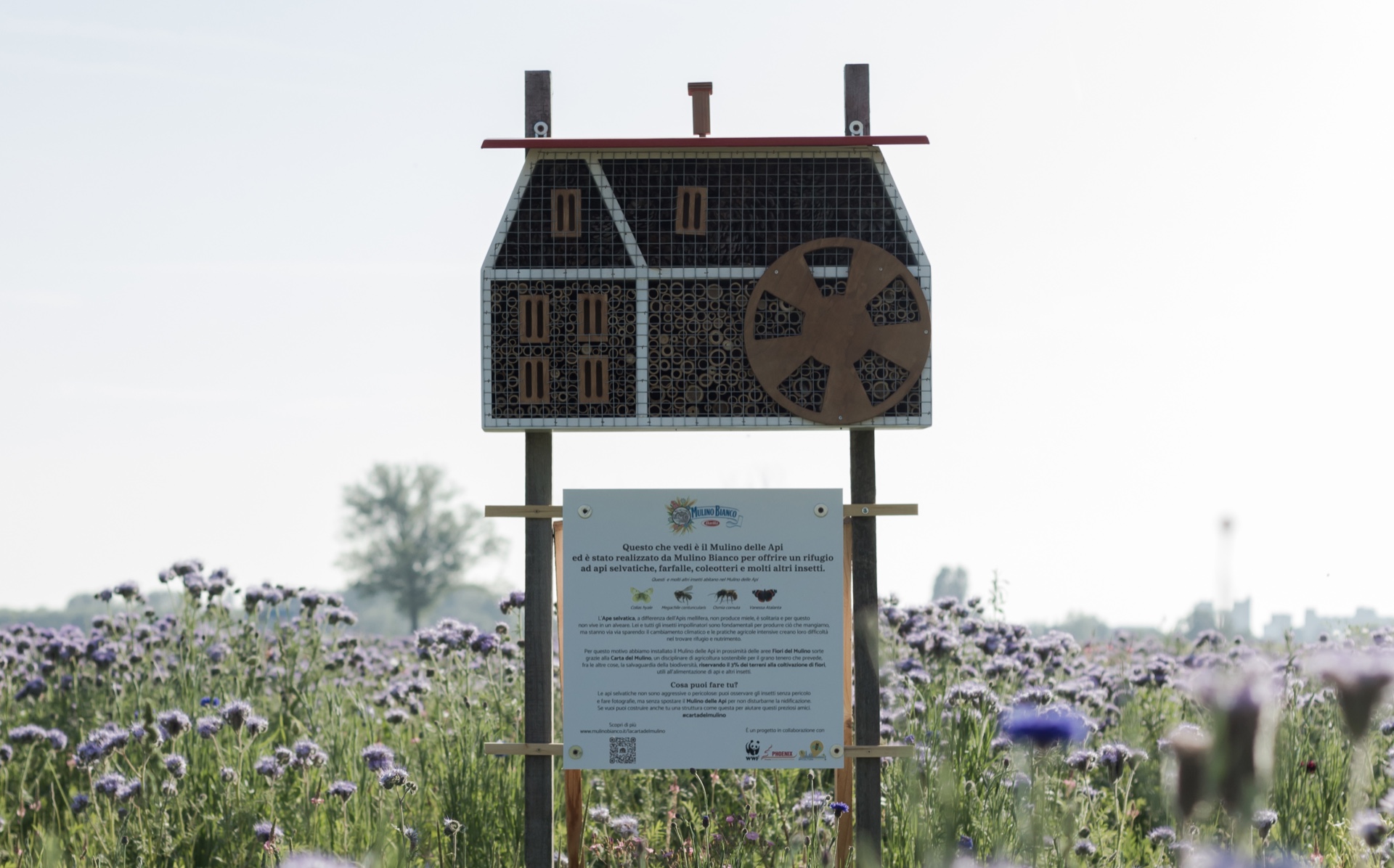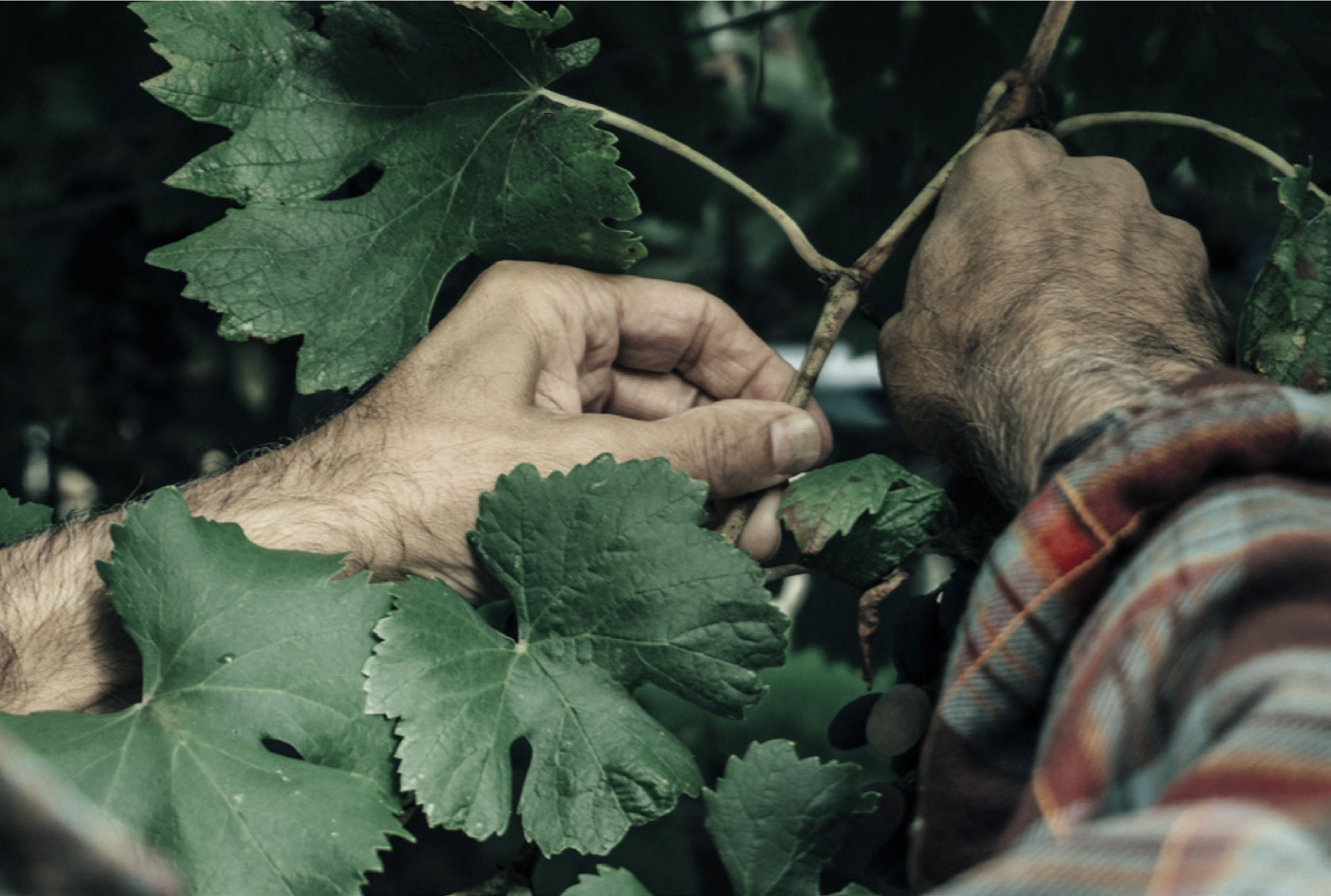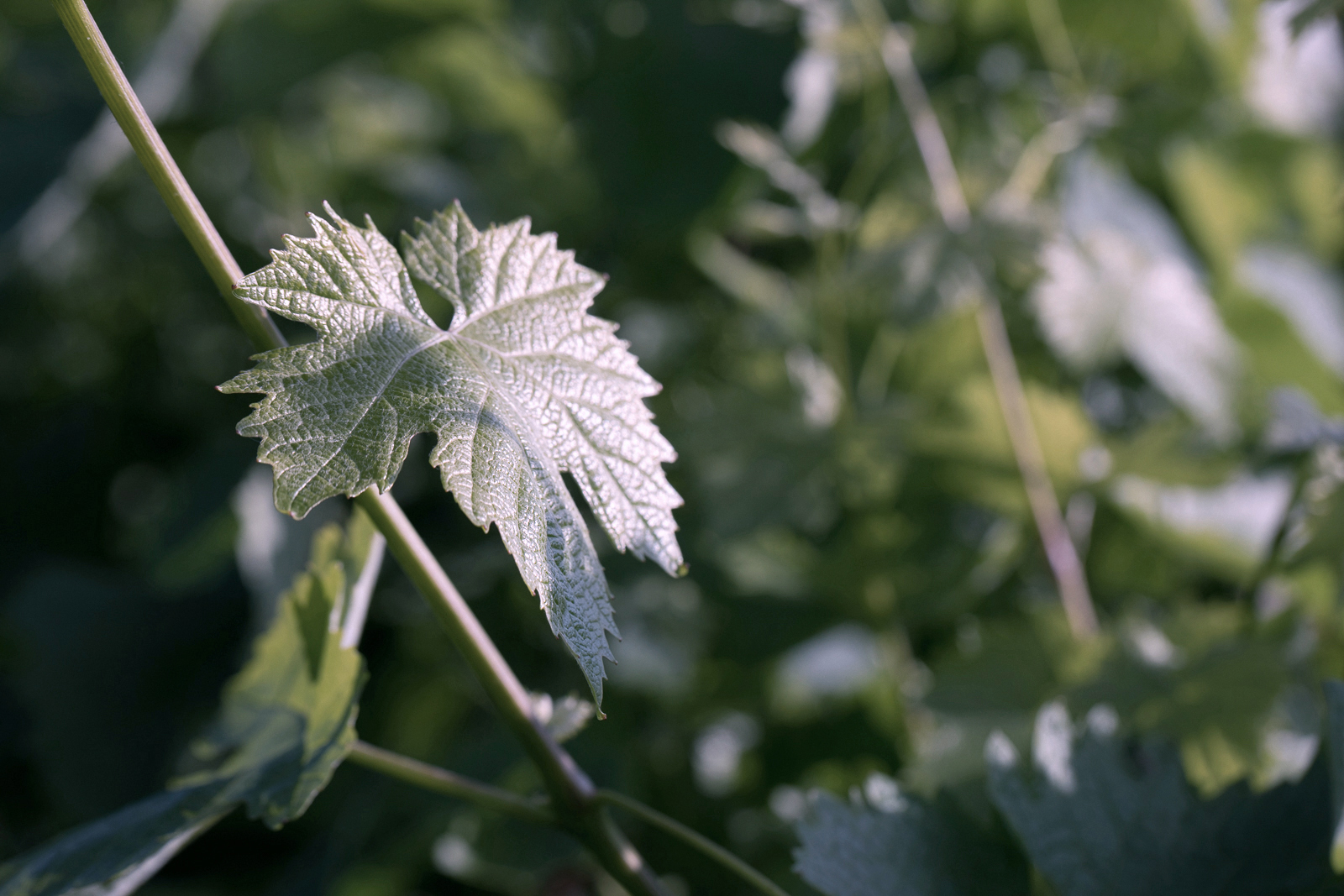“At Ca’ Bolani we are committed to protecting and supporting Biodiversity. The attention to detail and the implementation of numerous large and small measures in our daily activities in the winery and in the countryside have enabled us to achieve many goals on our path towards ever greater sustainability.
The good practices that we have always adopted in the vineyard allow us to open the doors of the estate and, with pride and satisfaction, showcase a healthy environment rich in healthy fauna and flora.
The grass growing between the rows, the green manure, the use of low-environmental-impact pesticides that are harmless to beneficial insects, the recent adoption of the Carta del Mulino (Mill Charter) project (a protocol created to promote the spread of pollinating insects and support biodiversity in agriculture), the maintenance of uncultivated green areas to promote the repopulation of wildlife, the prevention of dot-like pollution in agriculture thanks to tools such as Phyto Bach: these are just some of the practices that our team of agronomists has proudly put into practice over almost twenty years.”
ROBERTO MARCOLINI
Director of the Estate

ECO-SUSTAINABILITY
Eco-sustainability in agriculture and in particular in the wine sector is so fundamental. At Ca' Bolani it underpins the estate's very mission.
The Estate upholds five essential values: respect for the local wine culture, protection of Nature, enhancement of the history of the territory, technical expertise such as promotion of innovations aimed at sustainable development and love for a territory of absolute beauty, nestled between the Alpine arc and the Adriatic Sea.
SUSTAINABLE AGRICULTURE
High quality wines are produced here, thanks to the scrupulously precise control of the entire production chain, from the vineyard to the distribution.
The estate practices sustainable agriculture, made possible by to 'precision farming' and guaranteed by a dedicated and highly professional staff of technicians, agronomists and oenologists. They study and engage in continuous research, forging their decisions via the deepest respect for the environment and the health of co-workers and consumers.
TECHNOLOGICAL INNOVATION
The Estate uses the most modern viticultural and oenological techniques, without ever losing sight of the ethical principles of respect for nature.
Technological innovation, based on the integrated use of machinery and specialized techniques, is crucial in supporting the development of the industry; on the one hand by guaranteeing increasingly 'good quality' products while on the other reducing the complexity of the work carried out in the vineyards and in the different production processes. Technological innovation and sustainability often go hand in hand. However, this does not mean that all technological innovations make vineyards and wineries more sustainable but that some of them can be fundamental for sustainable development.

Evonitis in Campo event
2022
It was precisely in this spirit, and with the intention of promoting sustainable development, that Cà Bolani hosted 'Enovitis in Campo' in 2022.
RESOURCE MANAGEMENT AND OPTIMIZATION
With a view to sustainability, particular attention is paid to the management and optimization of resources.
An example of this is the system of solar panels that covers almost 50% of the winery's energy needs, designed and built according to eco-sustainable criteria. Another is the use of groundwater for cooling, the use of hybrid means of transport, the monitoring and purification of waste water and the use of 'restored' agricultural vehicles for treatments in the countryside.
NTEGRATED PEST MANAGEMENT
Integrated pest management is used to protect and take the care of the vineyards.
This is a system of control of organisms that are harmful to the vineyard and uses all the factors and techniques available to keep their populations below risk-damage point. In addition, on a portion of over 50 hectares, green manure is used: a practice carried out as far back as Roman times, it aims to restore nourishment to the soil and improve its structure without the aid of chemicals or invasive processes.



